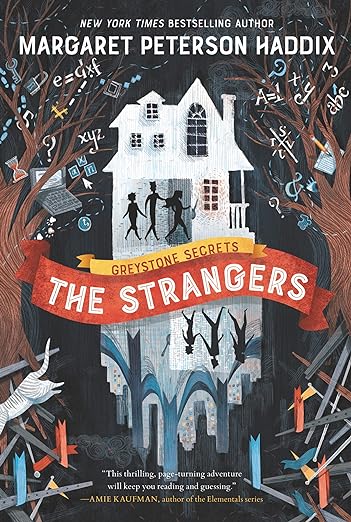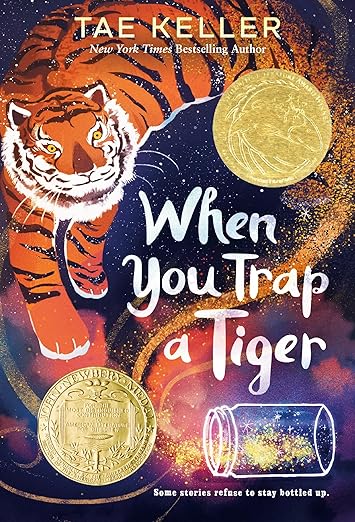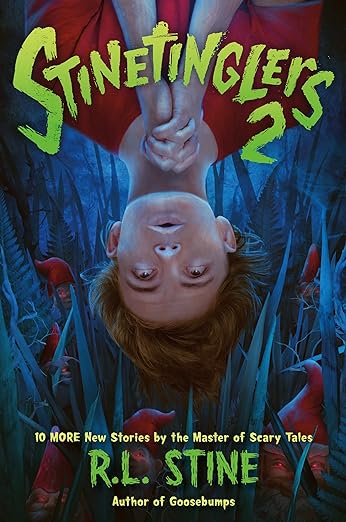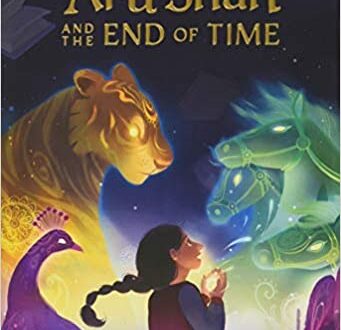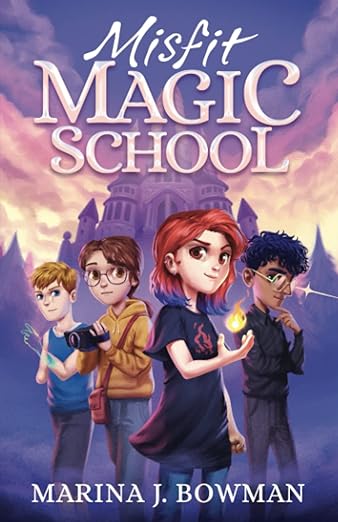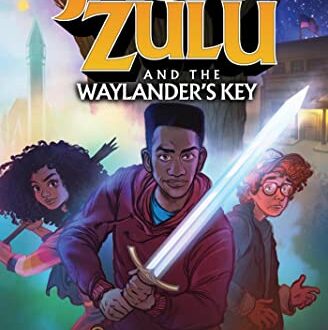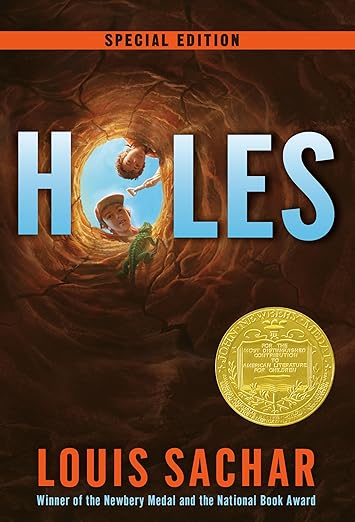-
Greystone Secrets #1: The Strangers
What makes you you?
The Greystone kids thought they knew. Chess has always been the protector over his younger siblings, Emma loves math, and Finn does what Finn does best—acting silly and being adored. They’ve been a happy family, just the three of them and their mom.
But everything changes when reports of three kidnapped children reach the Greystone kids, and they’re shocked by the startling similarities between themselves and these complete strangers. The other kids share their same first and middle names. They’re the same ages. They even have identical birthdays. Who, exactly, are these strangers?
Before Chess, Emma, and Finn can question their mom about it, she takes off on a sudden work trip and leaves them in the care of Ms. Morales and her daughter, Natalie. But puzzling clues left behind lead to complex codes, hidden rooms, and a dangerous secret that will turn their world upside down.
For Readers 8-12 from author Margaret Peterson Haddix and illustrator Anne Lambelet.
-
When You Trap a Tiger
Would you make a deal with a magical tiger? This uplifting story brings Korean folklore to life as a girl goes on a quest to unlock the power of stories and save her grandmother.
Some stories refuse to stay bottled up…
When Lily and her family move in with her sick grandmother, a magical tiger straight out of her halmoni’s Korean folktales arrives, prompting Lily to unravel a secret family history. Long, long ago, Halmoni stole something from the tigers. Now they want it back. And when one of the tigers approaches Lily with a deal–return what her grandmother stole in exchange for Halmoni’s health–Lily is tempted to agree. But deals with tigers are never what they seem! With the help of her sister and her new friend Ricky, Lily must find her voice…and the courage to face a tiger.
For Readers 9-11 from Newberry Winner author Tae Keller.
-
Stinetinglers 2
From R.L. Stine, the master of horror for young readers, comes ten new stories that are sure to send a shiver down your spine.
Two kids embark on a field trip to the zoo…and stumble upon a creature they never expected to meet. A boy makes a machine that puts kids in charge…but at what cost? A child is sure his new house is haunted…but is it just in his head? And each story comes with a personal introduction from Stine himself.
Laced with Stine’s signature humor and a hefty dose of nightmarish fun, Stinetinglers 2 is perfect for fans of Scary Stories to Tell in the Dark and Stine’s own Goosebumps books who want even more scares. These chilling tales prove that Stine’s epic legacy in the horror genre is justly earned. Dive in and beware you might be sleeping with the lights on tonight!
For Readers 8-12.
-
Shadow Jumper
The truth is out there somewhere . . . but how far is Jack willing to jump to find it?
Jack Phillips’s allergy to sunshine confines him to the shadows, leaving him lonely and at risk of life-threatening burns every time he steps into the light. Shadow jumping on the rooftops at dusk makes him feel alive. And free.
But Jack’s condition is suddenly worse than ever and only his missing scientist dad can save him. As Jack and his new friend, Beth, begin their frantic search and delve into his dad’s past for clues, they have no idea what they are about to uncover. Shocking rumors and dark secrets bombard them at every turn. Jack is brave on the roofs. But can he find the courage to face the truth?
A story about friendship, family, loss, bravery and overcoming adversity.
For Readers 10-12 from author J.M Forster.
-
Dress Coded
Molly Frost is FED UP…
Because Olivia was yelled at for wearing a tank top.
Because Liza got dress coded and Molly didn’t, even though they were wearing the exact same outfit.
Because when Jessica was pulled over by the principal and missed a math quiz, her teacher gave her an F.
Because it’s impossible to find shorts that are longer than her fingertips.
Because girls’ bodies are not a distraction.
Because middle school is hard enough.
And so, Molly starts a podcast where girls can tell their stories, and before long, her small rebellion swells into a revolution. Because now the girls are standing up for what’s right, and they’re not backing down.
For Readers 10-12 from author Carrie Firestone.
-
The Miscalculations of Lightning Girl
A lightning strike gave her a superpower…but even a super genius can’t solve the problem of middle school. This smart and funny novel is perfect for fans of The Fourteenth Goldfish, Rain Reign, and Counting by Sevens.
Lucy Callahan’s life was changed forever when she was struck by lightning. She doesn’t remember it, but the zap gave her genius-level math skills, and she’s been homeschooled ever since. Now, at 12 years old, she’s technically ready for college. She just has to pass 1 more test–middle school!
Lucy’s grandma insists: Go to middle school for 1 year. Make 1 friend. Join 1 activity. And read 1 book (that’s not a math textbook!). Lucy’s not sure what a girl who does calculus homework for fun can possibly learn in 7th grade. She has everything she needs at home, where nobody can make fun of her rigid routines or her superpowered brain. The equation of Lucy’s life has already been solved. Unless there’s been a miscalculation?
A celebration of friendship, author Stacy McAnulty’s smart and thoughtful middle-grade debut reminds us all to get out of our comfort zones and embrace what makes us different.
For Readers 9-12.
-
Misfit Magic School
Thirteen-year-old Ember Pearson failed her mandatory magic exam, and now there is only one place she can go—the school for magical misfits.
Ember is desperate to transfer to a school for real witches, like her celebrity parents and perfect sister. When the only teacher that believes in her vanishes, Ember and her fellow misfits must find a way to bring her home. But with a mix of chaotic powers that include spotty invisibility, baffling psychic visions, and unruly fire manipulation, it won’t be easy. Meanwhile, a forgotten danger threatens to change everything, and Ember’s family is in the middle of it.
Join Ember and her classmates as they investigate their teacher’s disappearance and discover their misfit magic!
Misfit Magic School is the thrilling first book in this enchanting middle grade fantasy series for young readers. If you like following underdog heroes on mysterious adventures in imaginative new worlds, you’ll love this magical story.
Harry Potter meets X-Men in this fantastical series, full of twists and turns. Perfect for fans of The Marvellers, Nevermoor, Amari and the Night Brothers, Keeper of the Lost Cities, and The Forgotten Five.
For Readers 9-12 from author Marina J. Bowman.
-
Iveliz Explains It All
How do you speak up when it feels like no one is listening?
The end of elementary school?
Worst time of my life.
And the start of middle school?
I just wasn’t quite right.
But this year?
YO VOY A MI.Seventh grade is going to be Iveliz’s year. She’s going to make a new friend, help her abuela Mimi get settled after moving from Puerto Rico, and she is not going to get into any more trouble at school. . . .
Except is that what happens? Of course not. Because no matter how hard Iveliz tries, sometimes people say things that just make her so mad. And worse, Mimi keeps saying Iveliz’s medicine is unnecessary—even though it helps Iveliz feel less sad. But how do you explain your feelings to others when you’re not even sure what’s going on yourself?
Powerful and compassionate, Andrea Beatriz Arango’s debut navigates mental health, finding your voice, and discovering that those who really love you will stay by your side no matter what.
A timely topic for all Readers 10-14 from Newbery Honor Award Winner Andrea Beatriz Arango and illustrator Alyssa Bermudez.
-
Holes
This groundbreaking classic from 2000 is now available in a special anniversary edition with bonus content. Winner of the Newbery Medal as well as the National Book Award, HOLES is a New York Times bestseller and one of the strongest-selling middle-grade books to ever hit shelves! This is a Must Read, no matter what your age is.
Stanley Yelnats is under a curse. A curse that began with his no-good-dirty-rotten-pig-stealing-great-great-grandfather and has since followed generations of Yelnatses. Now Stanley has been unjustly sent to a boys’ detention center, Camp Green Lake, where the boys build character by spending all day, every day digging holes exactly five feet wide and five feet deep. There is no lake at Camp Green Lake. But there are an awful lot of holes.
It doesn’t take long for Stanley to realize there’s more than character improvement going on at Camp Green Lake. The boys are digging holes because the warden is looking for something. But what could be buried under a dried-up lake? Stanley tries to dig up the truth in this inventive and darkly humorous tale of crime and punishment—and redemption.
Special anniversary edition bonus content includes: A New Note From the Author!; “Ten Things You May Not Know About HOLES” by Louis Sachar; and more!
For Readers 9-adults from author Louis Sachar.
-
The Gymnast
Fourteen-year-old Riley lives for gymnastics. The beam and vault are her very breath. So when a setback causes her to lose her spot as a level eight gymnast on the Stick Squad team, she does what she has to―she finds another gym.
Fitting in at the new gym feels impossible, but at least she can still tumble and train for the upcoming Regional Gymnastics Championships. Unfortunately, a former teammate will stop at nothing to keep Riley from competing.
Can Riley ignore the hate and prove that she deserves to be at the meet?
For Readers 8-12 from author Joanne Slazyk.
